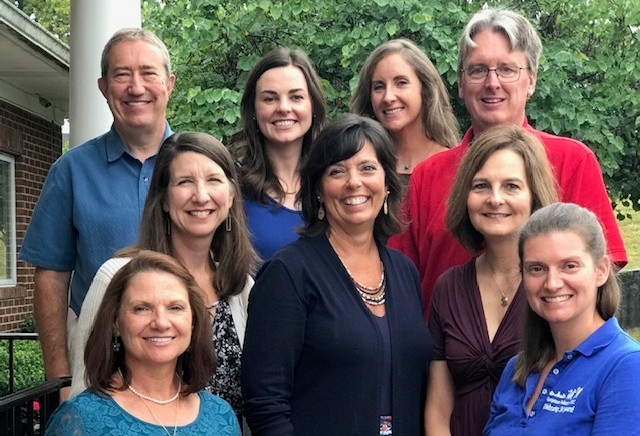The recent shooting in Orlando leaves every parent—and anyone who cares about children and teens—in the position of wondering what to say and how to say it. You are reeling from the news, and you want to protect the children you love from being hurt by it.
There is no perfect way to handle tragedy with youngsters, but here are a few basic guidelines. All of the quoted information below comes from an article you may want to read in its entirety, from the American Academy of Pediatrics (AAP).
- “No matter what age or developmental stage the child is, parents can start by asking a child what they’ve already heard. Most children will have heard something, no matter how old they are. After you ask them what they’ve heard, ask what questions they have.”
- “In general, it is best to share basic information with children, not graphic details, or unnecessary details about tragic circumstances. Children and adults alike want to be able to understand enough so they know what’s going on. Graphic information and images should be avoided.”
- “Keep young children away from repetitive graphic images and sounds that may appear on television, radio, social media, computers, etc.”
- “With older children, if you do want them to watch the news, record it ahead of time. That allows you to preview it and evaluate its contents before you sit down with them to watch it. Then, as you watch it with them, you can stop, pause, and have a discussion when you need to.”
- “Today, most older children will have access to the news and graphic images through social media and other applications right from their cell phone. You need to be aware of what’s out there and take steps in advance to talk to children about what they might hear or see.”
- “The reality is that even children as young as 4 years old will hear about major crisis events. It’s best that they hear about it from a parent or caregiver, as opposed to another child or in the media…
The underlying message for a parent to convey is, ‘It’s okay if these things bother you. We are here to support each other.’”
- What if you have an older child or teen? “After asking your child what they have heard and if they have questions about what occurred during a school shooting, community bombing, natural disaster, or even a disaster in an international country, a parent can say something such as: ‘Yes. In [Orlando, Florida]’ (and here you might need to give some context, depending on whether it’s nearby or far away, for example, ‘That’s a city/state that’s pretty far from/close to here’), there was disaster and many people were hurt. The police and the government are doing their jobs so they can try to make sure that it doesn’t happen again.’”
If your child seems to be overwhelmed with anxiety after a tragedy, and that feeling doesn’t get better with time, talk to your pediatrician. You may also request our office to refer you to a counselor who specializes in working with children or teens. Signs that they are having trouble coping include problems with sleeping or eating (too much or too little); physical symptoms such as tiredness, headaches, digestive issues; or behavioral changes.
It is only natural to be upset when a tragedy occurs. Every adult feels that way, and so do children and youth. If you haven’t had a conversation with them about it, today is a good time for that discussion.
© 2016, MBS Writing Services, all rights reserved


